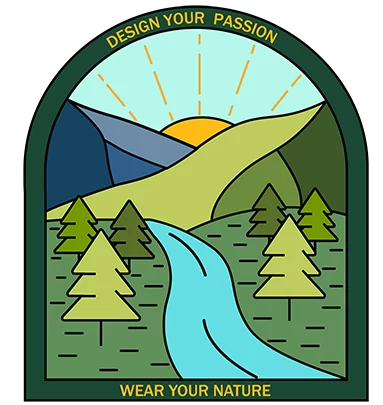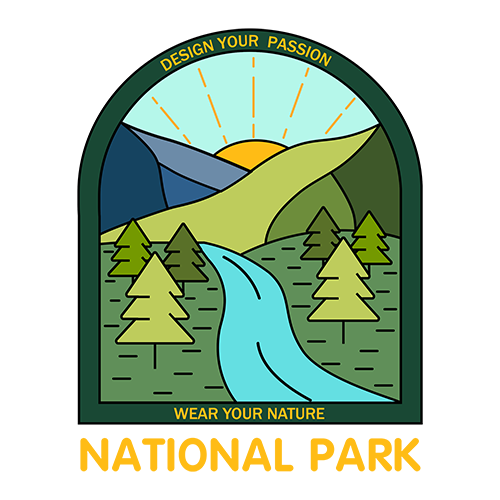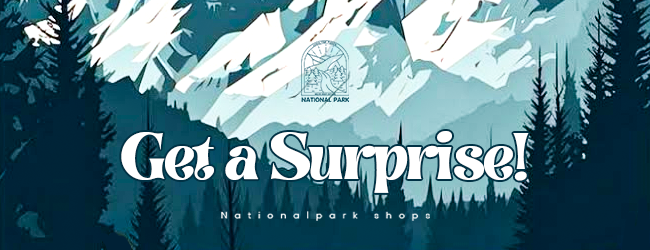Planning a road trip from Las Vegas to Yosemite National Park is the perfect way to explore the diverse landscapes of California and Nevada. From the bright lights of Las Vegas to the natural wonders of Yosemite, this road trip will take you through iconic desert landscapes, mountain ranges, and historic sites. Whether you are an outdoor enthusiast, a history lover, or just looking for an adventure, this route offers something for everyone. In this comprehensive guide, the National Park Shops team will break down everything you need to know about the journey, including distances, driving conditions, must-visit stops, and how to get the best value for your road trip.
How far is Las Vegas to Yosemite National Park?
The distance between Las Vegas to Yosemite National Park is approximately 400 to 450 miles, depending on the route you take. This means you can expect a driving time of around 7 to 9 hours, depending on traffic, road conditions, and how often you stop along the way. It’s a manageable drive for a one-day road trip, but if you have the time, we highly recommend breaking the journey up with some scenic stops to make the most of your experience. The Las Vegas to Yosemite National Park road trip will take you through some of the most stunning and diverse landscapes in the U.S., so plan ahead and make the most of your time on the road.

How’s the Drive from Las Vegas to Yosemite National Park?
Driving from Las Vegas to Yosemite National Park is an adventure in itself. You’ll leave behind the neon lights and desert landscapes of Las Vegas and travel through an array of environments, from barren desert plains to the rugged Sierra Nevada mountains. The drive is relatively straightforward, but it is important to keep in mind that some sections, like Death Valley National Park, can be remote with few services along the way. It’s essential to ensure that your vehicle is in good condition, especially when driving through areas like Death Valley, which can reach extreme temperatures in the summer.
The roads leading to Yosemite are generally well-maintained, though Tioga Pass (the main access route to Yosemite from the east) is typically only open seasonally due to snow and ice, so be sure to check the current conditions before you depart. If you’re planning to drive during the winter or spring, it’s especially important to plan for alternative routes if Tioga Pass is closed. Once you’re on the open road, the experience of driving from Las Vegas to Yosemite National Park offers some of the best views and landscapes in the country, making it a truly memorable journey.
Road Trip from Las Vegas to Yosemite National Park
The drive from Las Vegas to Yosemite National Park is more than just a means of transportation, it’s an experience in itself. From the world’s hottest place, Death Valley, to the cool alpine lakes of Mammoth Lakes, the road trip offers scenic beauty, historical landmarks, and unforgettable moments that will make your Yosemite adventure even more special.
Las Vegas
Your road trip starts in Las Vegas, Nevada, the entertainment capital of the world. While it’s known for its casinos and nightlife, Las Vegas is also surrounded by stunning desert landscapes that are perfect for an adventurous start to your journey. Before you hit the road, make sure to stock up on supplies, water, snacks, and fuel, since you’ll be heading into more remote areas with limited services. Take a few moments to explore the city’s surrounding areas, such as Red Rock Canyon National Conservation Area, for a scenic introduction to Nevada’s natural beauty.
As you leave the city, you’ll drive along U.S. Route 95 North, heading toward your next stop: Death Valley Junction. If you have time, consider stopping for a brief visit to the Hoover Dam or Lake Mead, both accessible from Las Vegas and adding an extra scenic touch to your road trip.

Death Valley Junction
The first major stop on your Las Vegas to Yosemite National Park road trip is Death Valley Junction, a small desert town that serves as the entrance to Death Valley National Park. This quiet town offers a break from the road and a chance to explore the Amargosa Opera House, a unique piece of local history. While the town itself is small, it provides a useful stop to stretch, refuel, and prepare for the upcoming journey through the rugged landscapes of Death Valley National Park.
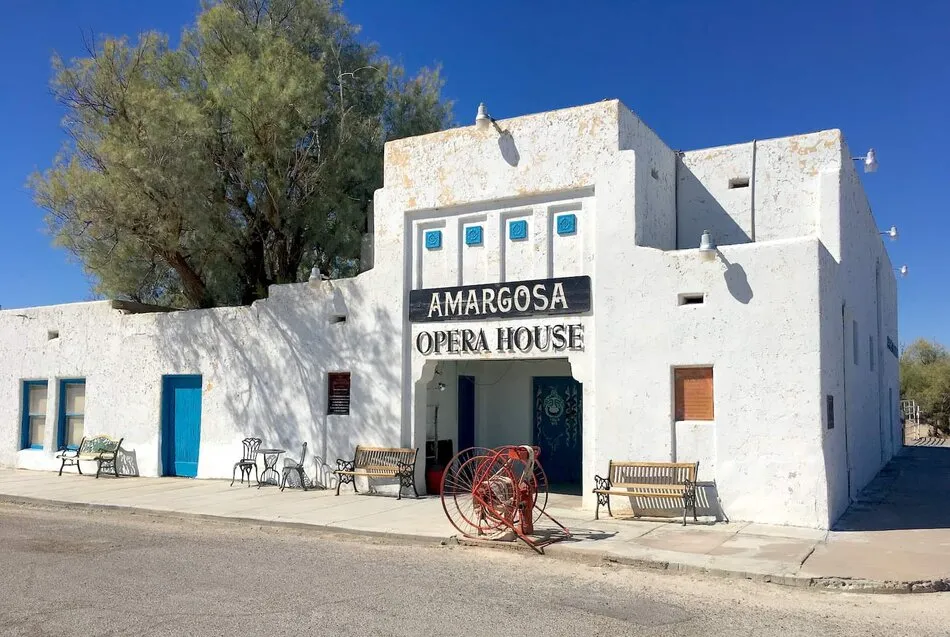
Death Valley National Park
As one of the most iconic natural landmarks in the U.S., Death Valley National Park offers an unforgettable experience. This national park is known for being the hottest place on Earth, with extreme temperatures in summer that can exceed 120°F. However, if you visit in the cooler months, Death Valley offers awe-inspiring landscapes including Badwater Basin, the lowest point in North America, and Zabriskie Point, which provides sweeping views of the valley. You’ll be driving through some of the park’s most scenic spots, so be sure to stop for photos and take in the views.
There are plenty of short hiking trails within Death Valley, such as the Golden Canyon and Mosaic Canyon, that offer a closer look at the unique desert environment. Make sure to hydrate frequently and check the park’s visitor center for any weather or road updates before continuing on your journey.
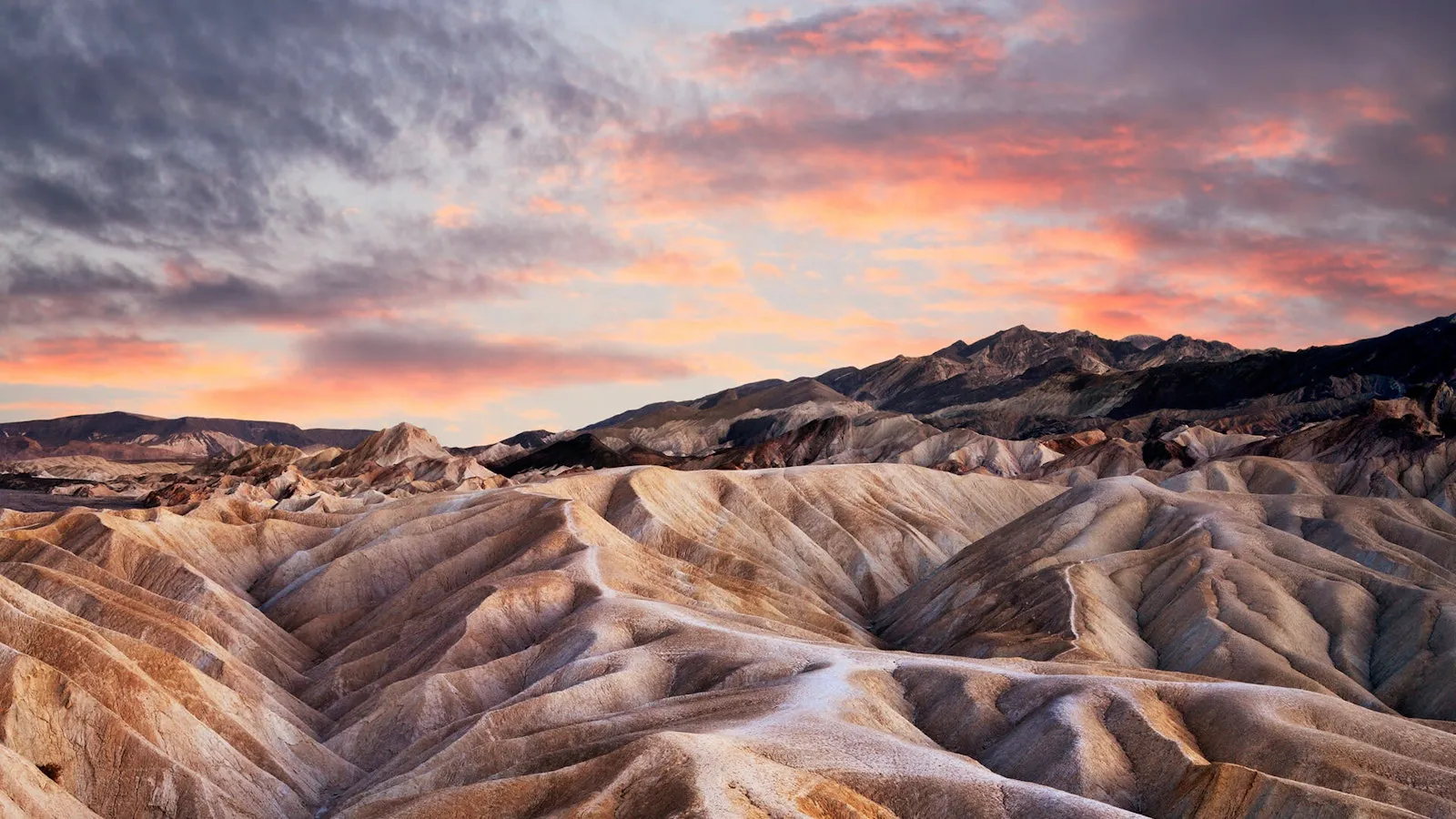
Panamint Springs
From Death Valley, your next stop is Panamint Springs, a small oasis in the middle of the park. This remote spot offers a gas station, food, and a chance to rest before continuing your road trip. Located along State Route 190, it’s a good place to stretch and enjoy the stunning views of the surrounding Panamint Range. You can even take a quick detour to explore the Telescope Peak area, home to some of the highest elevations in the park.
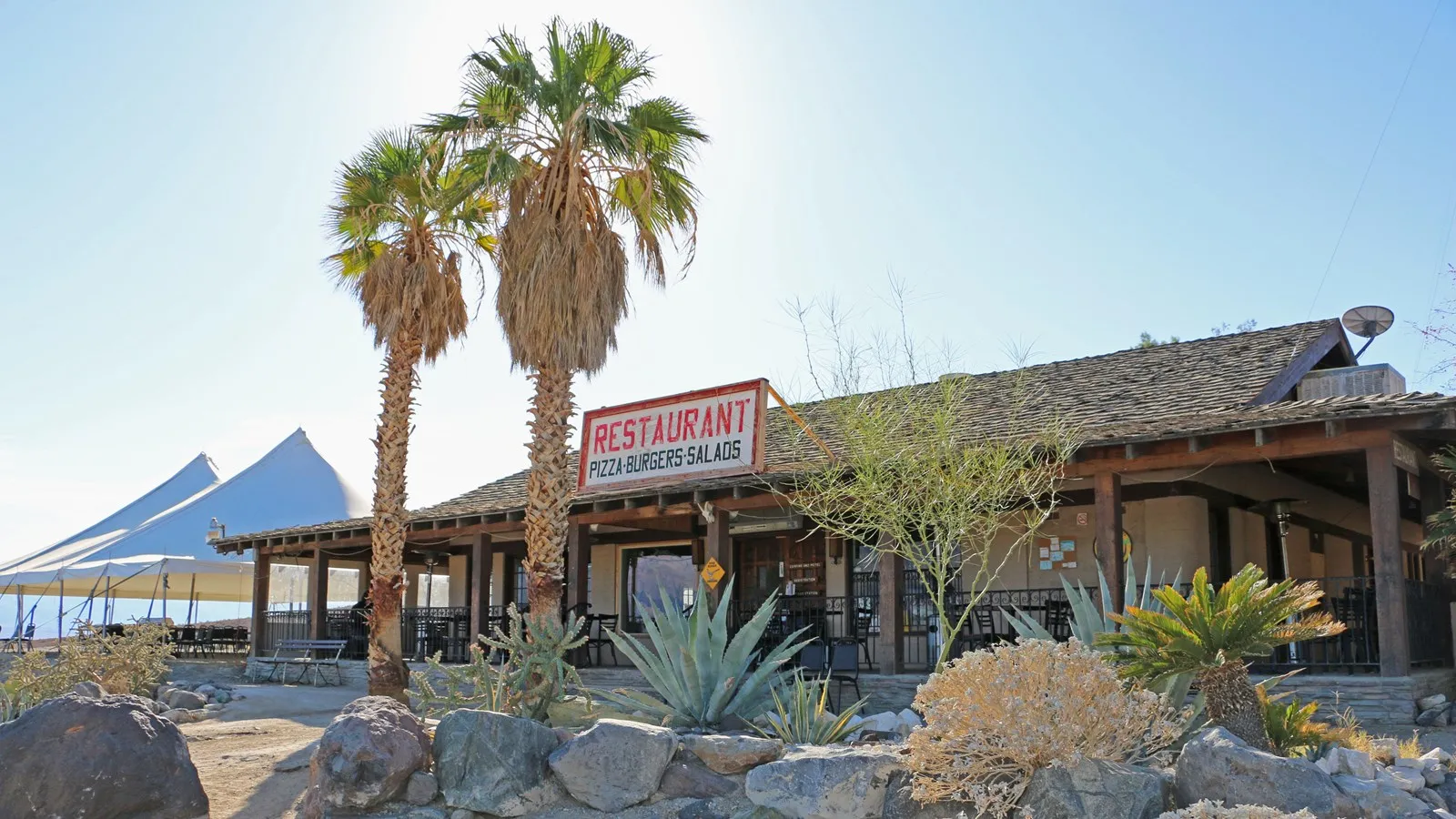
Lone Pine
As you drive eastward, you’ll pass through Lone Pine, a charming town located on the eastern edge of the Sierra Nevada mountains. Known for its proximity to Mount Whitney, the highest peak in the contiguous U.S., Lone Pine offers stunning views of both the mountains and the surrounding desert. This area is a great stop to grab a bite to eat or visit the Eastern Sierra Visitor Center to learn more about the region’s history and natural beauty.
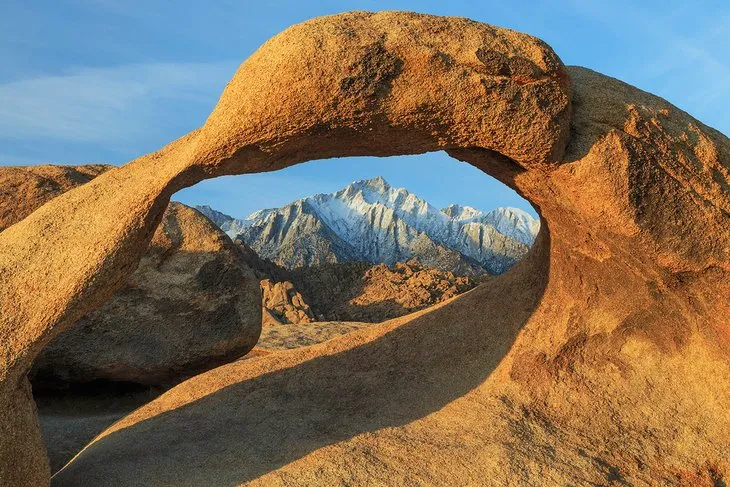
Manzanar National Historic Site
Just north of Lone Pine, you’ll find the Manzanar National Historic Site, a powerful and moving stop on your journey. This site preserves the history of one of the internment camps where Japanese Americans were forcibly relocated during World War II. Visiting Manzanar offers an opportunity to reflect on this dark chapter of American history, and the site includes informative exhibits and preserved structures. While it may not be a typical “scenic” stop, it adds historical depth to your road trip and provides an important reminder of the past.

Bishop
After passing through Manzanar, the road leads to Bishop, a picturesque town nestled in the Owens Valley. Bishop is famous for its proximity to the Ancient Bristlecone Pine Forest and Mammoth Lakes, making it a great stop for outdoor enthusiasts. If you’re interested in hiking or photography, this area offers some of the most stunning natural landscapes in the region. Be sure to grab a coffee or meal in Bishop before continuing toward Mammoth Lakes.

Mammoth Lakes
As you near the Sierra Nevada mountains, Mammoth Lakes provides a fantastic opportunity to relax and explore the area’s recreational activities. Whether you’re into skiing in the winter or hiking in the summer, Mammoth Lakes offers a range of outdoor activities for every season. The nearby Mammoth Mountain is one of the best ski resorts in California, and in the warmer months, you can explore the beautiful Lake Mary or take a scenic gondola ride. This town is a great place to recharge before tackling Tioga Pass and entering Yosemite.

Tioga Pass
Now that you’re nearly at Yosemite, you’ll drive through Tioga Pass, the highest point along U.S. Route 120. This mountain pass offers breathtaking views of alpine lakes, granite peaks, and expansive meadows. However, keep in mind that Tioga Pass is only open seasonally (typically from May to October), so check for seasonal road closures before heading out. If you’re lucky enough to visit during the open season, the drive across Tioga Pass is one of the most scenic stretches of road in California.
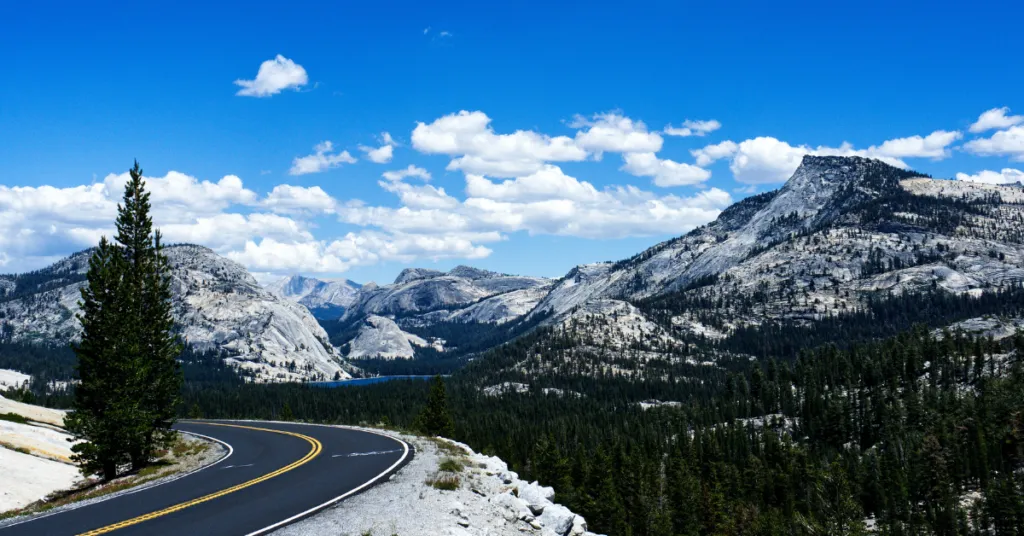
Exploring Yosemite National Park: Things to Do and Must-See Attractions
Finally, after a scenic and exciting road trip, you’ll arrive at Yosemite National Park, a world-renowned destination that draws visitors from all over the globe. Known for its towering granite cliffs, iconic waterfalls, ancient giant sequoia trees, and unparalleled natural beauty, Yosemite offers endless opportunities for exploration and adventure. Whether you’re an avid hiker, a photographer, or simply someone who loves being surrounded by stunning landscapes, Yosemite is a place where you can create lifelong memories.
Yosemite’s diverse landscapes offer a range of activities for every type of traveler, from challenging Yosemite National Park hiking routes to relaxing scenic drives and stargazing at night. Here’s a breakdown of some of the best things to do in Yosemite to help you make the most of your visit.
Hike to Yosemite Falls: A hike to Yosemite Falls is a must. You can take the short, easy walk to Lower Yosemite Falls or challenge yourself with the strenuous Upper Yosemite Falls Trail, which offers breathtaking views and a rewarding experience. Whether you’re hiking for a few minutes or hours, the falls are a signature experience in Yosemite.
Climb Half Dome: For seasoned hikers, summiting Half Dome is a bucket-list challenge. The 14 to 16-mile round trip requires permits and a cable ascent but offers panoramic views of Yosemite Valley and beyond. This hike is for experienced adventurers looking for a physically demanding yet rewarding challenge.
Visit Mirror Lake: For a relaxing activity, head to Mirror Lake, where you can enjoy serene views of Half Dome reflected in the water. This easy, family-friendly trail is perfect for a quiet afternoon and offers great photo opportunities.
Explore Mariposa Grove of Giant Sequoias: No trip to Yosemite is complete without seeing the giant sequoias in Mariposa Grove. Wander through towering trees, including the famous Grizzly Giant, and experience the awe-inspiring beauty of these ancient giants.
Scenic Drives and Viewpoints: If hiking isn’t for you, Yosemite offers stunning scenic drives. Glacier Point Road and Tioga Road provide jaw-dropping views of Yosemite Valley, Half Dome, and surrounding peaks. These routes are perfect for those who want to experience Yosemite’s beauty without venturing too far off the road.
Wildlife Watching: Yosemite is home to an array of wildlife. From mule deer to black bears, there’s always an opportunity to spot animals, especially during early mornings or evenings. Yosemite is a great spot for birdwatching too, with hundreds of species calling the park home.
Stargazing: Yosemite’s remote location makes it one of the best places for stargazing. The clear skies offer a perfect view of the Milky Way and meteor showers, especially at Glacier Point. It’s an unforgettable way to end your day in the park.
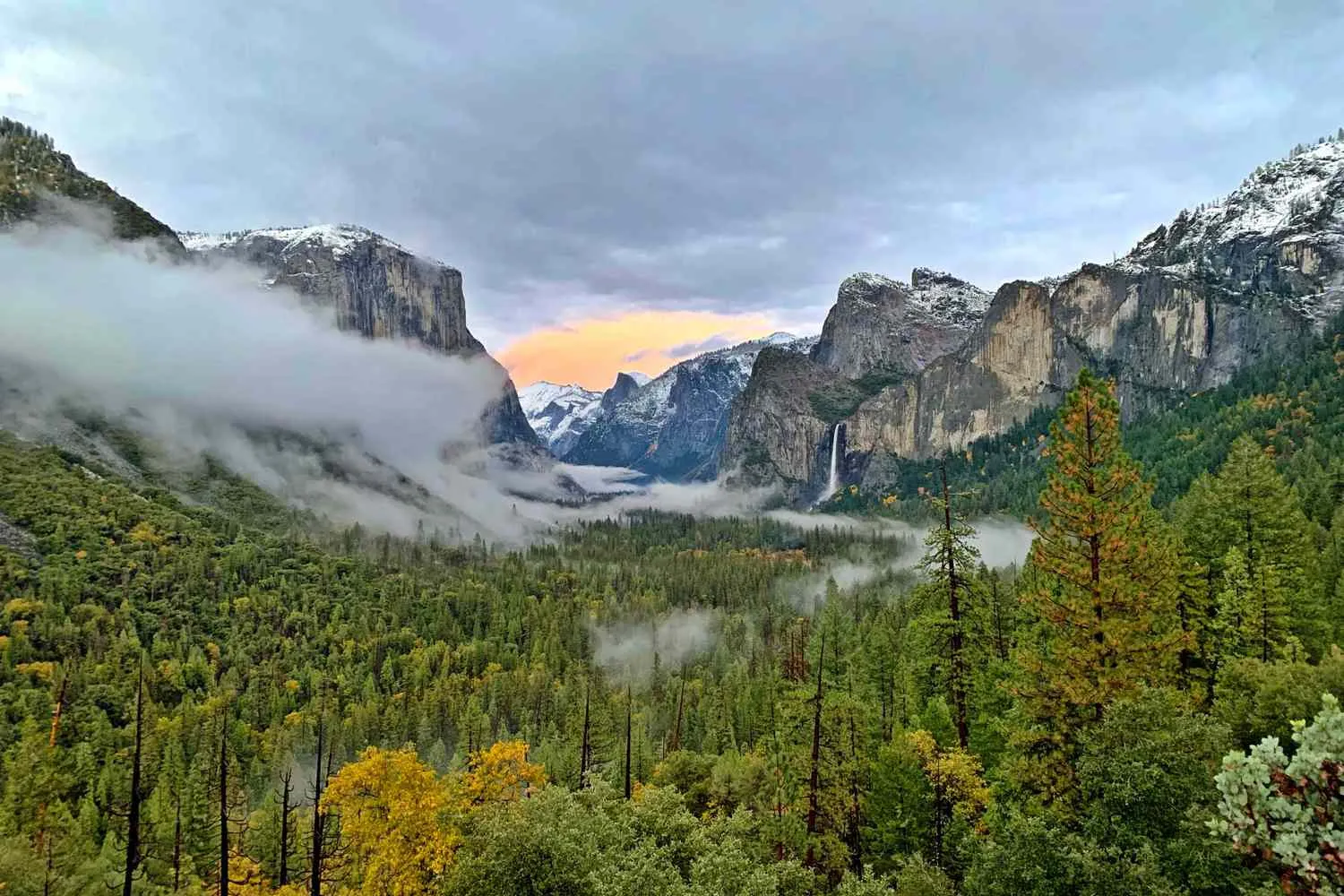
Best Route from Las Vegas to Yosemite National Park
When planning your road trip from Las Vegas to Yosemite National Park, there are several route options to consider. The most direct route is via U.S. Route 95 North, merging with State Route 120 East, which takes you directly into the park’s eastern entrance. For a more scenic journey, consider taking U.S. Route 395 North, which passes through Bishop and offers more opportunities for sightseeing. Both routes are well-maintained, but always check for road conditions and closures, especially if you’re traveling in winter or early spring.
What’s the Cheapest Way to get from Las Vegas to Yosemite National Park?
When it comes to getting from Las Vegas to Yosemite National Park, the most cost-effective method is undoubtedly driving your own vehicle or renting one. Not only does this option allow you to save money on transportation, but it also provides the freedom and flexibility to explore at your own pace and make spontaneous stops along the way. If you prefer the open road, driving gives you the ability to navigate through scenic landscapes, visit off-the-beaten-path destinations, and take your time enjoying the journey, without worrying about timetables or adhering to rigid schedules. Additionally, renting a vehicle often offers the convenience of choosing the right car size for your group or needs, whether you’re traveling solo, with a partner, or as a family.
When it comes to getting from Las Vegas to Yosemite National Park, the most cost-effective method is undoubtedly driving your own vehicle or renting one. Not only does this option allow you to save money on transportation, but it also provides the freedom and flexibility to explore at your own pace and make spontaneous stops along the way. If you prefer the open road, driving gives you the ability to navigate through scenic landscapes, visit off-the-beaten-path destinations, and take your time enjoying the journey, without worrying about timetables or adhering to rigid schedules. Additionally, renting a vehicle often offers the convenience of choosing the right car size for your group or needs, whether you’re traveling solo, with a partner, or as a family.
One of the major advantages of driving from Las Vegas to Yosemite National Park is the ability to pack all the necessary gear for your adventure. If you plan to go hiking, camping, or partake in any outdoor activities, traveling by car is ideal for carrying all your camping equipment, hiking supplies, and even coolers filled with food and drinks. This eliminates the hassle of renting gear or trying to manage with limited luggage space on public transportation.
Moreover, with the drive spanning approximately 7 to 9 hours, having a car allows you to take breaks, stretch your legs, and stop at interesting points. If you’re traveling with family, pets, or friends, driving offers more convenience in terms of both comfort and cost savings. You’ll also find gas prices along the way to be relatively affordable, though prices may fluctuate depending on the location.

Conclusion
A road trip from Las Vegas to Yosemite National Park is an unforgettable experience, filled with dramatic landscapes, outdoor adventures, and historical stops along the way. From the deserts of Death Valley to the majestic granite cliffs of Yosemite, this journey offers a chance to experience the heart of California’s natural beauty. Whether you’re planning a quick getaway or an extended exploration, this road trip promises to be one of the most memorable adventures of your life. Start your journey today and immerse yourself in the stunning scenery that awaits from Las Vegas to Yosemite National Park.
